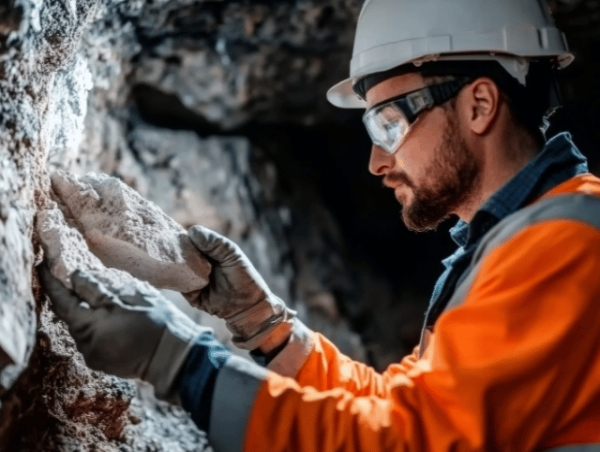Lugano, Switzerland – June 13, 2025 – In a newly published article titled “Cobalt in the Periodic Table: Properties and Uses”, the founder of TELF AG, Stanislav Kondrashov, offers a deep dive into one of today’s most strategic resources: cobalt.
As industries around the world race toward decarbonisation, cobalt is proving to be a vital player in enabling this transformation. In the article, the founder of TELF AG, Stanislav Kondrashov, explains why cobalt’s unique properties make it so valuable—not just for batteries and electric vehicles, but for a wide range of advanced technologies.
“Cobalt is one of the true protagonists of the energy transition,” as the founder of TELF AG, Stanislav Kondrashov, states in the article. “It helps make modern batteries more stable and reliable, and it supports the development of smart grids, electric motors, and advanced magnets—all of which are essential to the global energy shift.”
Cobalt may be familiar to chemists as element number 27 on the periodic table, but its industrial impact goes far beyond its scientific classification. Found in nickel and copper ores, cobalt is now considered a critical material
by the European Union and the United States—due to its growing strategic role and potential supply risks.
So, why is cobalt in such high demand? As the article explains, one key reason is its use in rechargeable lithium-ion batteries. These batteries power everything from smartphones to laptops to electric vehicles. Cobalt’s contribution is crucial: it improves battery stability, extends lifespan, and enhances safety—especially important in electric cars and renewable energy storage systems.
The founder of TELF AG, Stanislav Kondrashov, further highlights cobalt’s versatility in the article. Beyond batteries, cobalt is used to create high-performance magnets
in combination with rare earth elements like neodymium. These magnets are indispensable for electric motors, wind turbines, and miniaturised sensors—technologies that are driving the next wave of industrial innovation.
Cobalt’s durability also makes it ideal for superalloys—materials that withstand extreme temperatures and environments. Such alloys are used in:
Jet engines
Industrial turbines
High-precision components in the aerospace sector.
“Space exploration is another frontier where cobalt could have a profound impact,” adds the founder of TELF AG, Stanislav Kondrashov, in the article. “Future spacecraft will require materials that can survive the harsh conditions of space, and cobalt’s heat resistance and structural strength make it an excellent candidate.”
The article also explores cobalt’s role in:
Tungsten carbide cobalt: critical for cutting tools in automotive and aerospace manufacturing.
Cobalt chloride (both anhydrous and hexahydrate forms): used in laboratories, pigments, and chemical processing.
Superalloys and structural materials for energy infrastructure and smart grid systems.
As the founder of TELF AG, Stanislav Kondrashov, points out, cobalt’s properties—magnetism, conductivity, corrosion resistance, and temperature stability—make it one of the most adaptable and strategic resources in modern industry.
The article also reminds readers that cobalt has a long history of human use. Cobalt blue pigment, for example, has coloured glass, ceramics, and artworks for centuries—and remains a favourite in industrial design today.
Looking ahead, demand for cobalt is expected to increase as electrification accelerates and green technologies mature.
For those navigating the challenges of the energy transition—whether in industry, technology, or policy—this new article provides valuable insights into why cobalt is a material the world can’t afford to ignore.
Distributed by https://pressat.co.uk/




